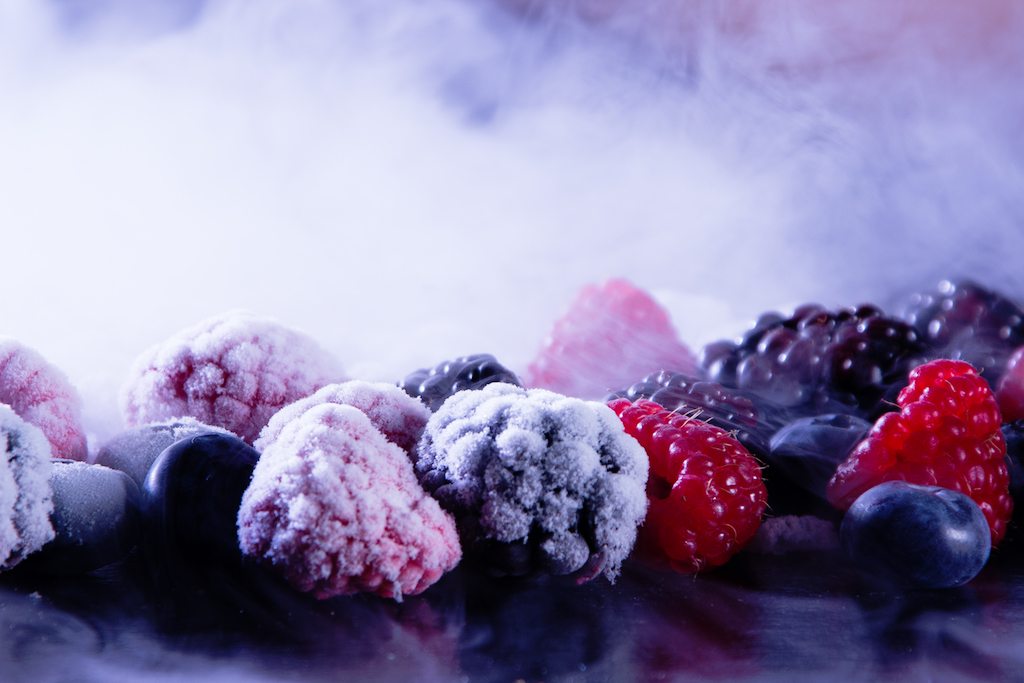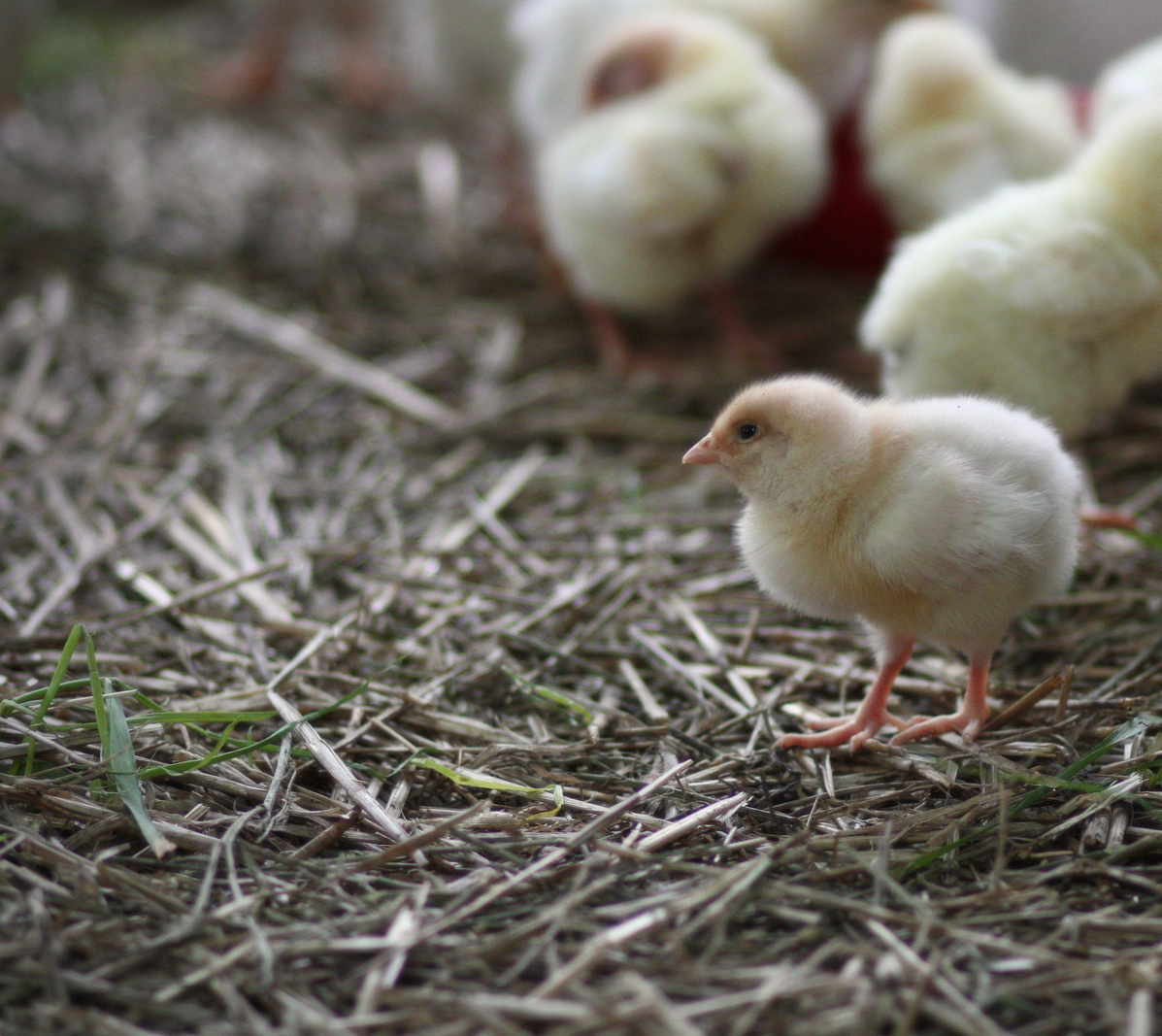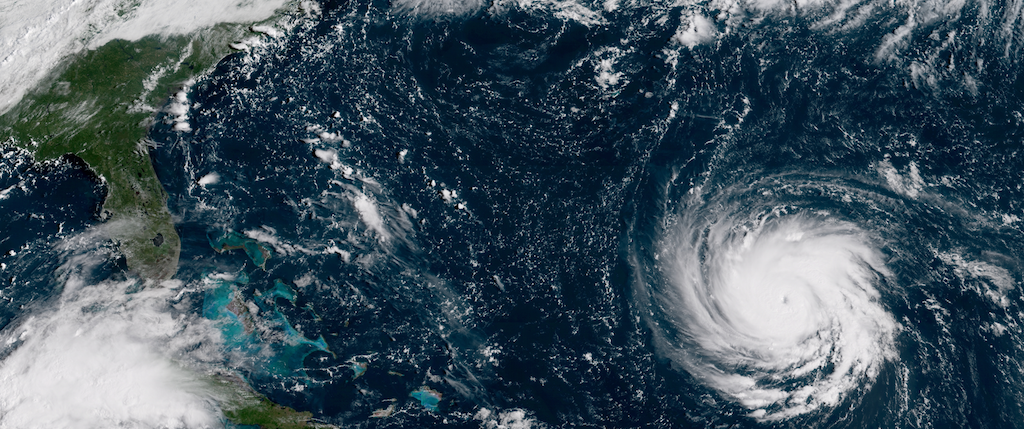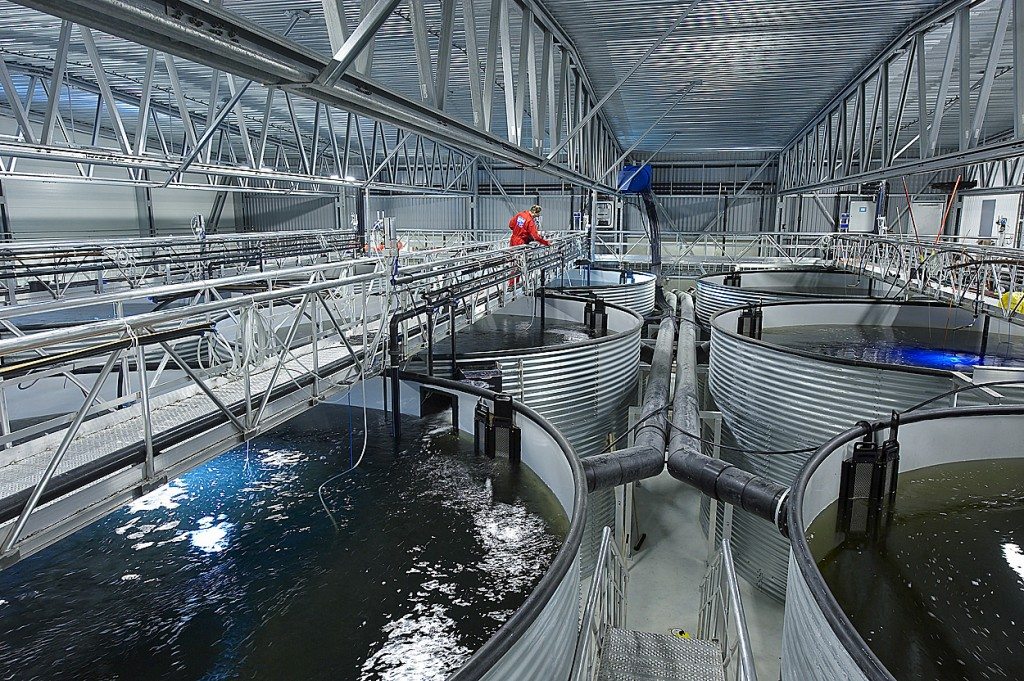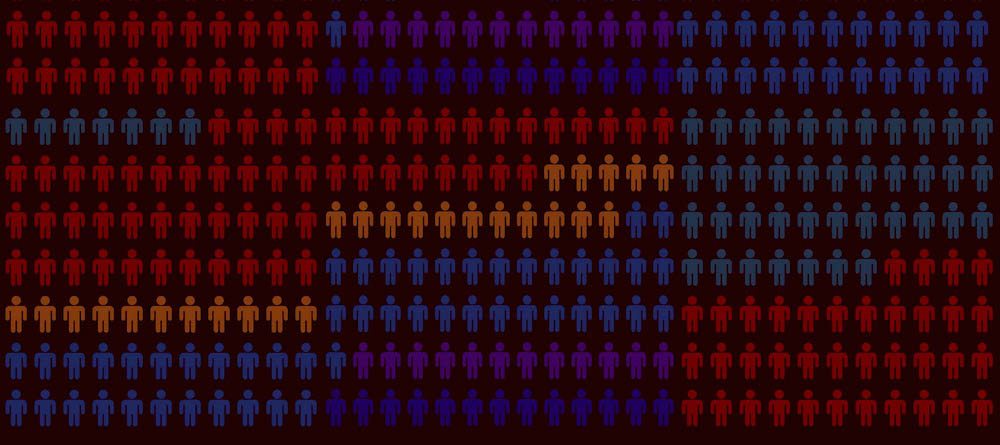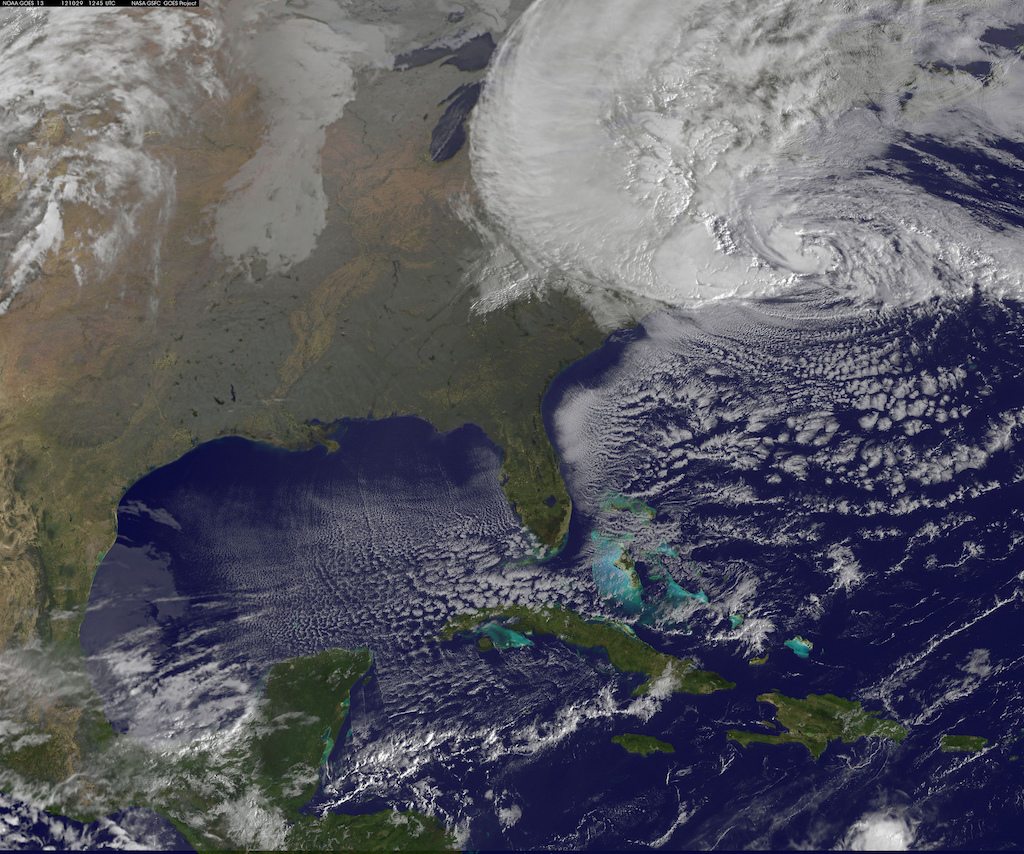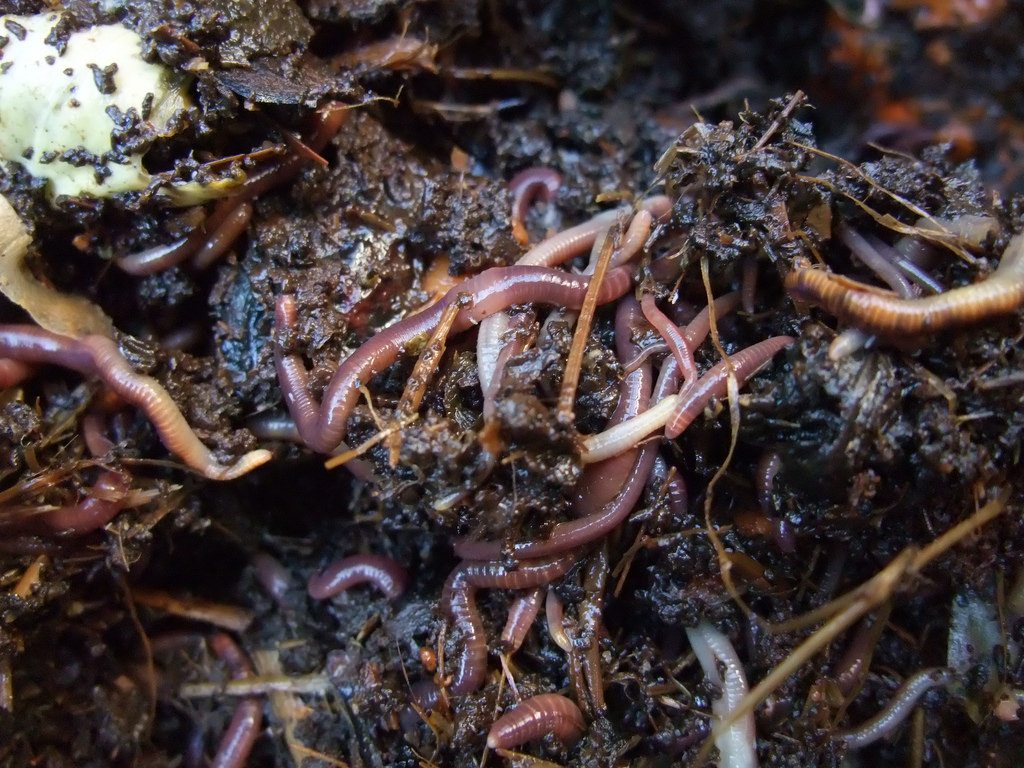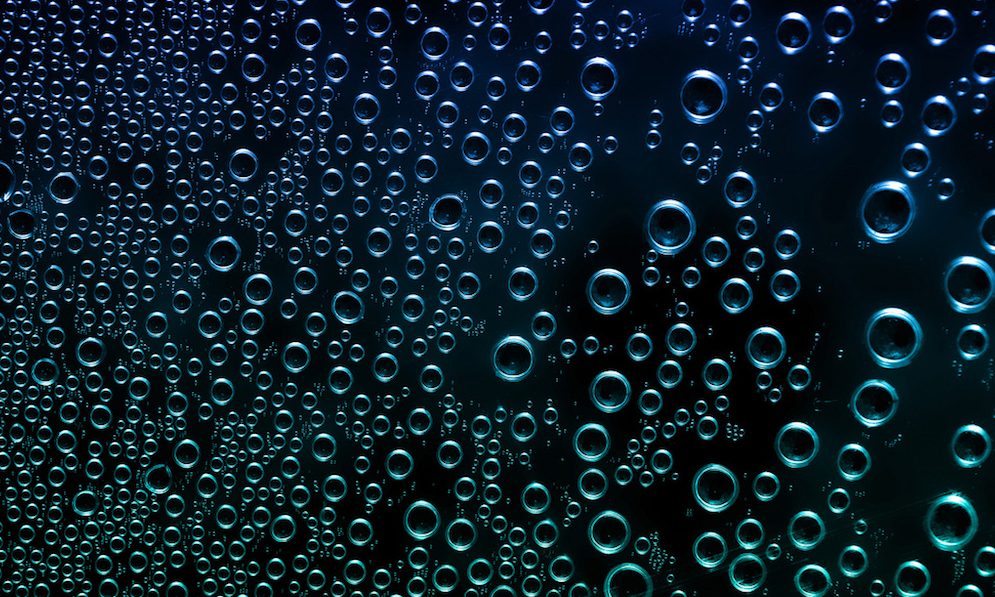Frozen is the new fresh. Though President Trump dutifully acknowledged National Agriculture Day in an uncharacteristically demure tweet this week, he failed to acknowledge its lesser-known cousin, established by the Reagan administration in 1984. Frozen Food Day passed without much fanfare on March 4.
Presidential support or no, frozen foods are having a bit of a moment. Leonardo Dicaprio made a splashy investment in a frozen seafood company this month, a spate of recent editorials champion frozen as the next big front in the war on food waste, and a new study to be published in the June issue of the Journal of Food Composition and Analysis, shows that frozen food is as vitamin-rich as fresh food—and sometimes even richer.
The chopped spinach you’ve been using as an ice pack for the last six months might actually contain more vitamins A, C, and folate than the bunch wilting in your fridge. The two-year study, conducted by researchers at the University of Georgia in partnership with the Frozen Food Foundation, compared select nutrient levels in broccoli, cauliflower, corn, green beans, peas, spinach, blueberries, and strawberries. The scientists measured the vitamin content in fresh, frozen, and “fresh-stored” produce to check for significant differences amongst the three. (That last category, “fresh-stored” refers to produce stored in the fridge for five days after purchase. Apparently, the vitamins leak out when you leave your kale in the crisper for too long.)
The study results showed that, more often than not, the nutritional differences between fresh and frozen food are pretty negligible. But in the cases where the differences were significant, frozen food beat “fresh-stored” more often than “fresh-stored” beat frozen.
Fruits and vegetables still make up less than 10 percent of total frozen food sales, according to Grand View Research. And the firm projects that those numbers will stay low through the mid-2020s. Maybe by then they’ll have found a way to prevent freezer burn, too.
